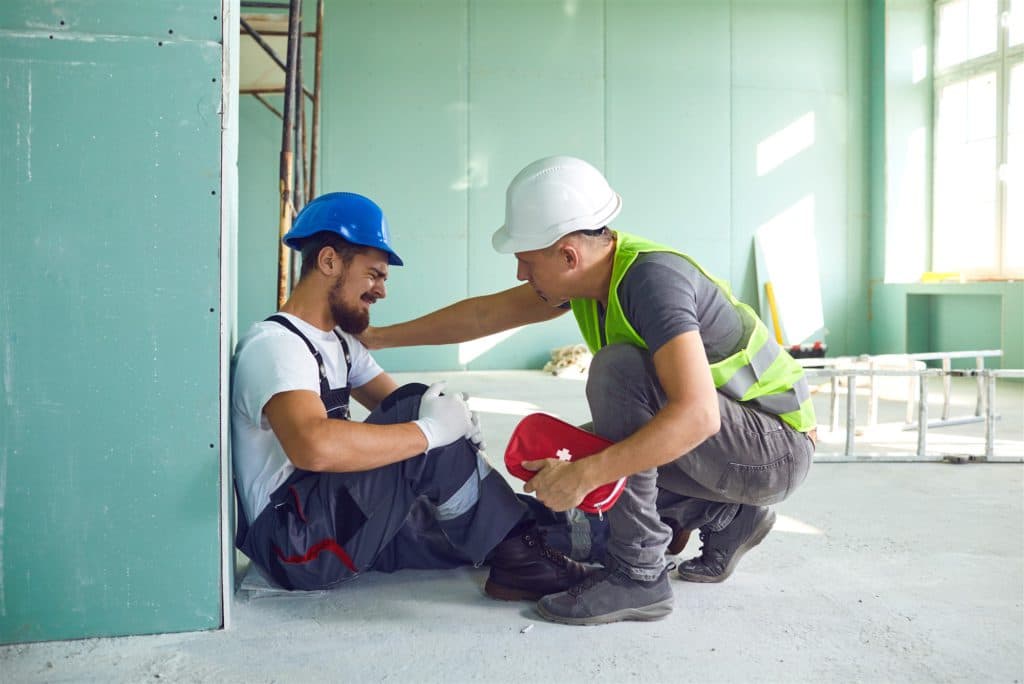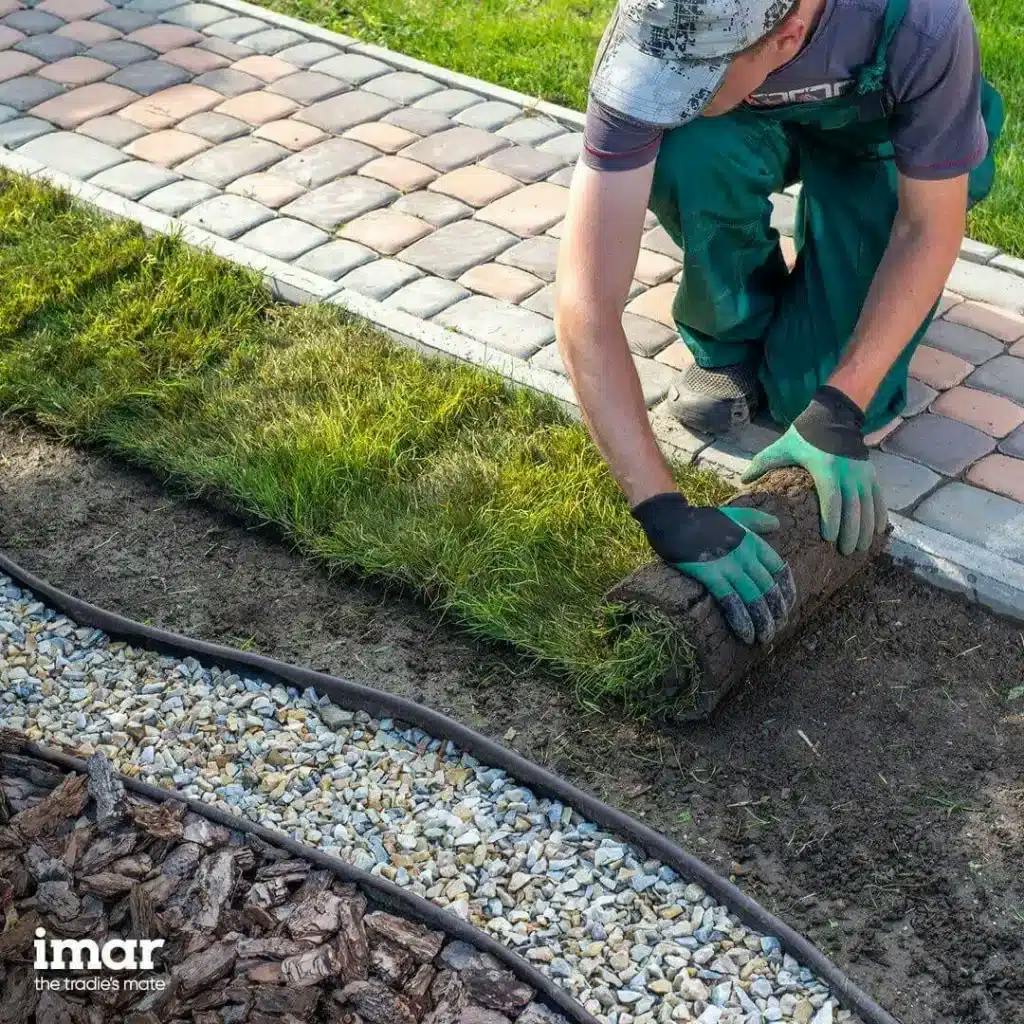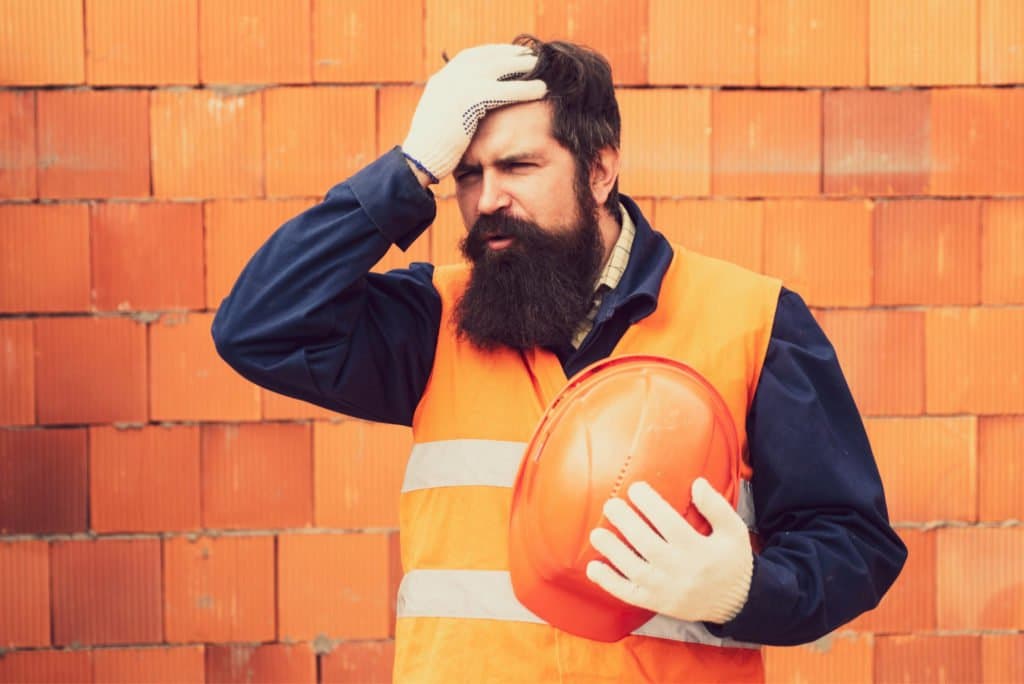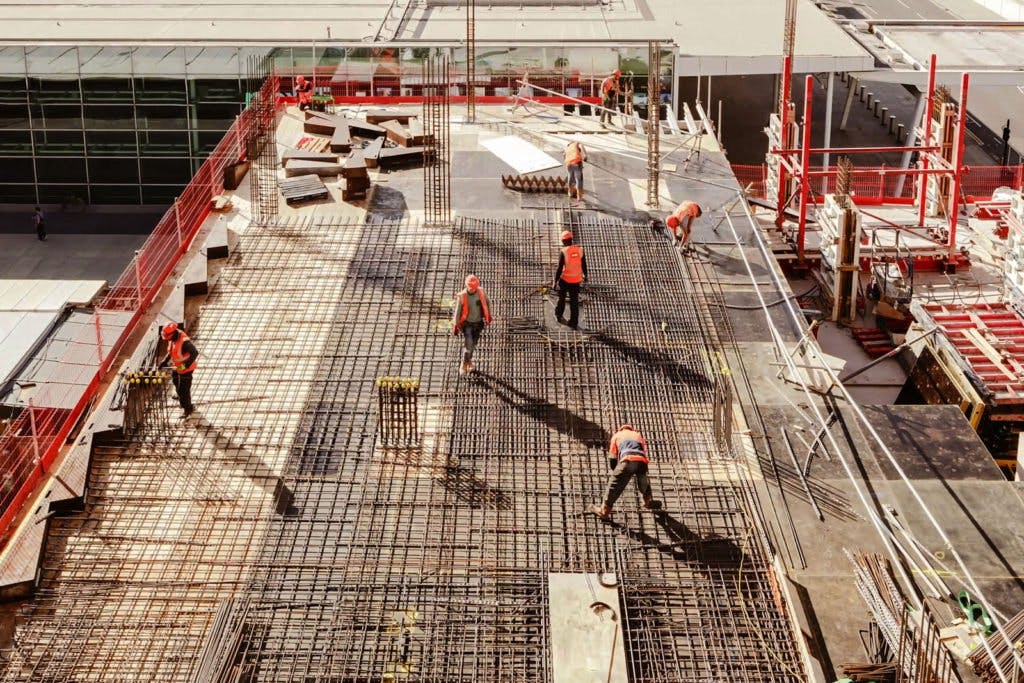Mathematicians like to say that numbers do not lie. If we’re to take their perspective, we’re confident that our message about the importance of having ample insurance coverage for tradies will be valid.
In today’s blog, we highlight some of the most recent statistical findings of the government and researchers about the working conditions of tradies in Australia. By looking at these numbers, we can get a clearer picture of what tradies are facing in their day-to-day work.
Tradies Are at Risk of Physical Injuries the Most
The exact numbers may vary, but Safe Work Australia and the Australian Physiotherapy Association both state that one-third of the country’s workforce are tradies. Additionally, more than 50 per cent (or three out of five) of serious, workplace-related injury claims involve tradies.
Safe Work Australia adds that the most common causes of injury are physical work that involves lifting, carrying and moving of heavy objects — activities that are common in the construction industry and can result in muscular stress and traumatic joint injuries.
Data from the Australian Bureau of Statistics supports these claims. According to their latest statistics, ‘lifting, pushing, pulling or bending’ caused 24. 2 per cent of injuries and illnesses, the highest in their data. Other notable findings include the following:
- Construction had the highest work-related injury or illness at 59 per 1,000 people.
- Technicians and trade workers ranked highest among people who experienced a work-related injury or illness at 22.6 per cent (professionals ranked second at 18.1 per cent) from June 2017 to July 2018.
The Australian Institute of Health and Welfare (AIHW) also has the following statistics on injuries in Australia:
- Accidental fall is the leading cause of injury and hospitalisation at 42 per cent.
- Accidental fall is also the primary cause (40 per cent) of injury deaths.
The AIHW data doesn’t specify the percentage of workplace-related injuries and deaths, but we can deduce that the construction industry contributed to their figures. After all, people do not just put themselves in precarious situations where they have a high risk of falling unless it is their occupation.
Tradies Keep Working Despite Health Risks
Additional data from the Australian Bureau of Statistics show that most tradies stay in this industry despite sustaining injuries and illnesses because of their work.
- Eighty-four per cent of tradies stayed on the job where they were injured or fell ill.
- Only 7 per cent of tradies who got injured or fell ill at work changed their jobs.

Tradies Have a High Risk of Mental Illness
Physical injury is not the only hazard for tradies. There’s evidence suggesting that the occupation also puts people at risk of mental illness.
According to the latest data from the charity MATES in Construction, male workers in construction have a consistently higher risk of suicide than male workers in non-construction industries. The ‘MIC: Suicide in the Construction Industry’ report added that the suicide rate among construction workers is 84 per cent higher than non-construction workers.
It means that around 24.5 out of 100,000 workers in construction are likely to commit suicide — almost double the number of workers in all other occupations, which is approximately 13.4 per 100,000 people.
Analysts say that the high suicide rate among construction workers could be due to worker stress exacerbated by masculinity in the workplace. Male tradies are reportedly more reluctant to speak up and seek counselling because they feel pressured to be self-reliant. The fatigue, long work hours and low work-life balance can also harm their mental well-being.
Key Takeaways
These statistics reinforce what many already know about the trades industries: that tradies work in high-risk environments and, therefore, need to consider the importance of ample insurance coverage.
Health insurance may not be enough. It is also crucial to consider your coverage for Workers’ Compensation (for employers) and Income Protection (for both employers and self-employed tradies).
As the statistics show, the risks for injuries and illnesses are always high. If you or your employee fall sick or become injured in the workplace, you need to be sure that you can afford to pay for the hospitalisation, treatment or claims for loss of income.
General health insurance is something that should always be considered, but so is thinking about the tradies insurance policies that protect your business, whether you work solo or own a company. To learn more about tradies insurance, get in touch with Imar Insurance.
To the extent that any material on this page may be considered advice, it does not take into account your objectives, needs or financial situation. You should consider whether the advice is appropriate for you and review any relevant Product Disclosure Statement and policy wording before taking out an insurance policy.



